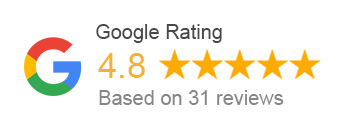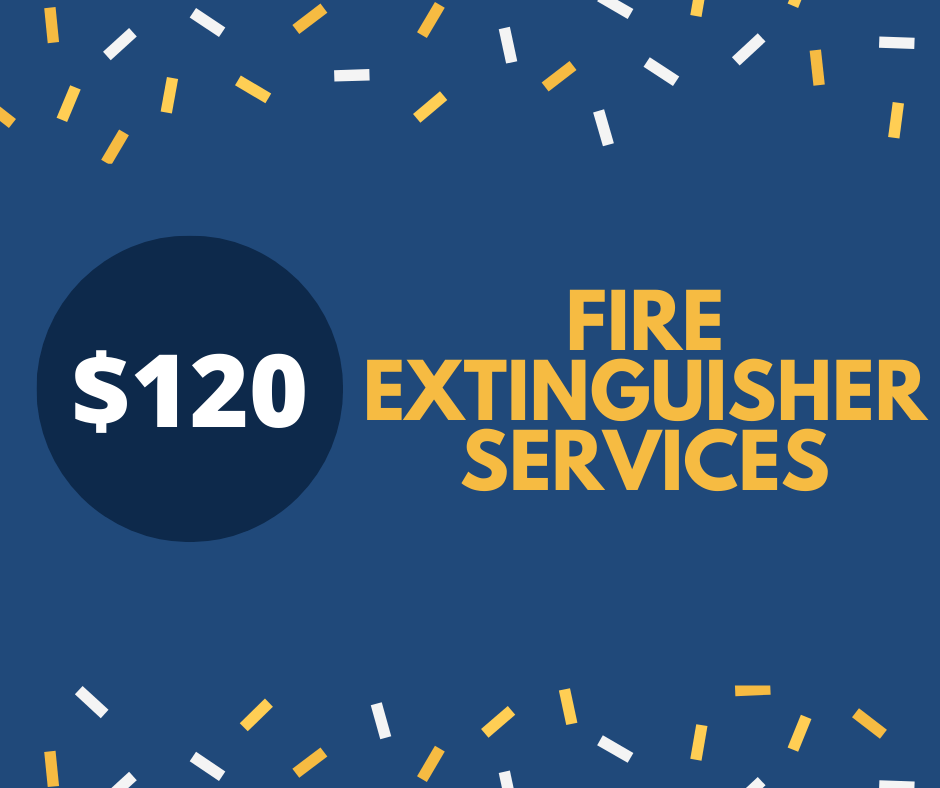Cart
Marine fire services to protect people and property
Aegis Safe deliver affordable marine fire services across SE QLD and Nth NSW. Regardless of whether your boat is large or small, simple or complex, our marine fire services division has the expertise you need to install, service and maintain your marine fire system.
Aegis Safe deliver the full scope of works for marine fire services.
Benefits Of Using Aegis Safe To Service Your Fire Equipment
Request a FREE QUOTE


CONTACT OUR MARINE FIRE SERVICES TEAM TODAY!
Marine fire service prices
Marine fire services from only $120 per service.
Contact us today to book in your service.
This includes:
- Call out to regular service areas in Brisbane, Gold Coast and Sunshine Coast.
- Testing report issued.
- Single property service.
- Up to 5 fire extinguishers, fire hose reels and fire blankets.
- Additional extinguishers $12 each.
- Testing to AS1851-2012.
- Fire extinguisher compliance check.
- Service reminders.
Fire extinguishers must be tested every 6 months.

Service Areas
Our fire service technicians deliver services across South East Queensland and Northern New South Wales.
If you’re ready to get started, contact us today. Or get in touch to get a free quote for your marine fire services.
Australia's coastlines are famous the world over, and yachting and sailing have become part of the nation's makeup. As you cruise around the harbor on a sunny day, the threat of a devastating fire is likely nowhere on your mind. However, it should be.
Ships and small boats that carry passengers are inherently at greater risk for fires than most buildings and homes. Marine vessels carry flammable liquids such as oil and fuel in large quantities. It only takes one spark from the vessel's electrical system to cause the whole ship to be engulfed in flames within minutes.
This actually happened to the Achille Lauro ship on 30 December 1994. An engine-room fire prompted the evacuation of 1,000 passengers and crew members. Three lives were lost as the ship sank off the North African coast.
While fires remain a threat to marine craft of all types, marine fire services and equipment help to mitigate the risk that your boat will succumb to catastrophic losses during a fire. Here are some of the marine fire services and equipment that can safeguard your vessel and help it to stay within Australia's regulatory requirements for marine fire safety.
Marine Fire Safety Assessment and Audit
You've just purchased a new boat and are eager to take it out on the open water with friends and family. While it's highly likely that the previous owner made sure that the vessel was outfitted with the necessary fire protection equipment to make it seaworthy, you don't need to bet your loved ones lives on it.
Getting an initial fire safety assessment from a qualified marine fire service company can give you the peace of mind that your vessel is prepared to put out any type of fire that it encounters, whether it's docked or at sea.
Fixed Marine Fire Equipment
International and national maritime regulations require that all boats of certain sizes and types have integrated fire safety equipment on board. These fixed marine fire safety systems can detect or suppress fires that break out on your vessel.
Fire Detection Systems
Most fire detection systems consist of networked panels that are equipped with smoke and/or heat detecting sensors. Professional marine fire safety technicians install these panels at different locations at specific distances depending on the boat's configuration. When a monitored area rises above a certain temperature, an alarm sounds.
Other fire detection systems use infrared technology to pinpoint the exact location of a fire. These systems can be used in all types of hazardous environments and under difficult weather conditions. More sophisticated fire detection systems connect to cameras on a vessel so that operators can verify the threat in real time.
Fire Suppression Systems
Marine fire safety is regulated by a totally different set of standards than building fire safety. Specialist knowledge and standards is required to service these systems. These suppression systems are ususally designed to protect petrol and diesel engine compartments on boats and marine vessels.
Fire Hydrant System
Large vessels may have a fire hydrant systems that consist of fixed hydrants that are located throughout a vessel. The ship's fire main supplies water to those hydrants through a series of pumps. Accessories such as nozzles and hoses are attached to the hydrants to manually put out fires in specific areas. Most of these systems also have an emergency fire pump that operates on an independent power supply.
A ship's fire hydrant system is primarily used for putting out Type A fires. Type A fires are those that ignite from combustible materials such as cloth or wood.
Portable Marine Fire Equipment
A ship's hydrant and hose system uses sea water to put out Type A fires, but there are other types of fires that can break out on a ship or boat. That's why regulations require that certain vessels have a combination of fixed and portable fire fighting equipment on board. The two main types of portable fire equipment are fire extinguishers and fire blankets.
Fire Extinguishers
Fire extinguishers contain specific chemicals that are used to put out different types of fires. The main fire types are type A, B, C, and E classes.
Type B fires are ignited by oil, grease, or fuel. Dry powder and foam-based fire extinguishers put out Type B fires.
Type C fires are gaseous fires, and they require special dry powder fire extinguishers to safely put out the threat.
Type E fires are fires involving energized electrical equipment. Dry powder or CO2 fire extinguishers are used to put these fire out.
It's very important that the different types of fires are extinguished with the right materials. For instance, if one attempts to use water to extinguish a grease fire in the galley, the fire could explode and spread to other areas. The explosion could also cause needless injuries to crew members or passengers.
Fire Blankets
Fire blankets are essential components for marine fire protection systems. They are made of non-flammable materials that smother fires by cutting off oxygen to the flames.
It's important to have fire blankets installed in cooking areas of a ship. A passenger or crew member may not be near a fire extinguisher when a small fire breaks out in a specific area. However, they can reach out for a nearby fire blanket to quickly smother the flames before the fire has a chance to grow.
Another benefit of outfitting your vessel with fire blankets is the blankets' life-saving potential. Passengers and crew members who are forced to evacuate through fire can shield themselves from the majority of the flames by wrapping themselves in fire blankets.
Periodic Maintenance Services
There's nothing worse than believing that your boat is adequately protected from fire hazards and finding out that your fire safety equipment doesn't work when it's needed. That's why governmental regulations and insurance companies require that you get your vessel's fire safety equipment periodically inspected, tested, and serviced by qualified professionals. These preventative maintenance protocols cover testing hydrant, pump, fire detection systems and recharging fire extinguishers, and replacing used fire blankets.
Conclusion
Learning from past mistakes is key to creating a progressive society. Our innovative marine fire services and equipment are the results of years of research and analysis. When applied correctly, they help to move our nation's maritime industry forward to meet the challenges of the future. Contact us for marine fire protection equipment installation and service support.
Check Out Our Recent Google Reviews
